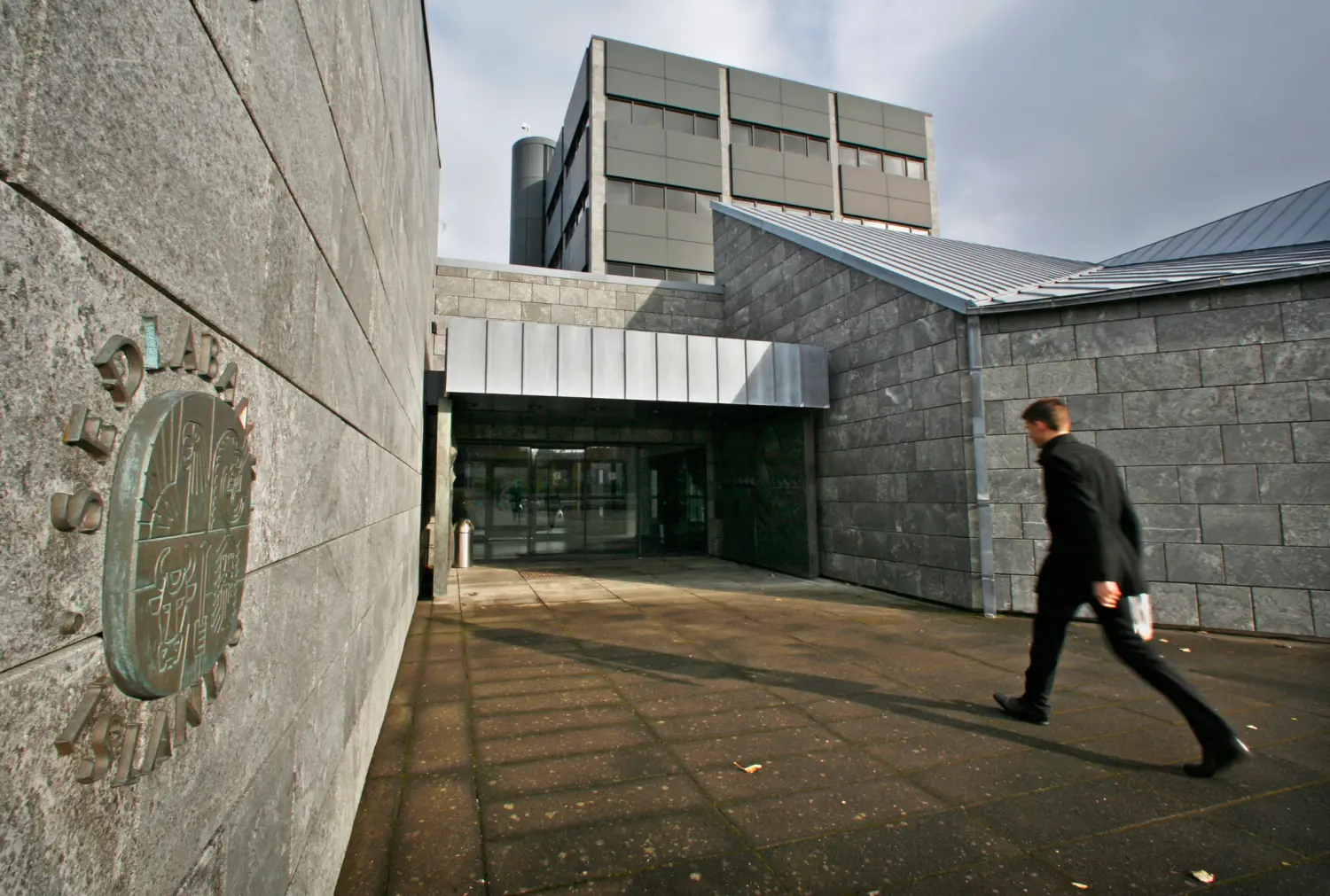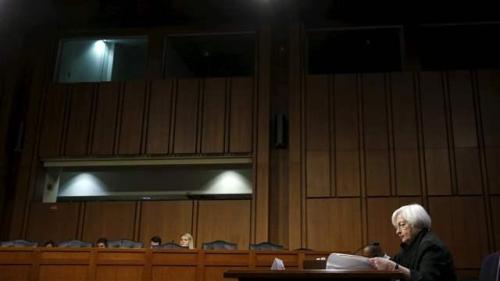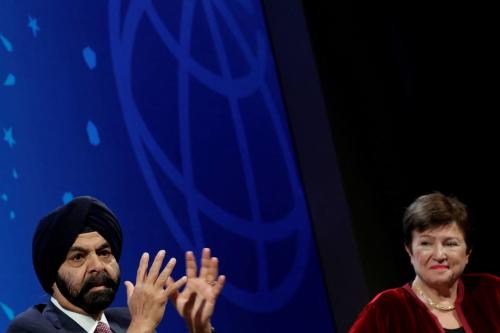This paper is part of the Fall 2017 edition of the Brookings Papers on Economic Activity, the leading conference series and journal in economics for timely, cutting-edge research about real-world policy issues. Research findings are presented in a clear and accessible style to maximize their impact on economic understanding and policymaking. The editors are Brookings Nonresident Senior Fellow and Northwestern University Economics Professor Janice Eberly and James Stock, Brookings Nonresident Senior Fellow and Harvard University economics professor. Read the rest of the articles here.
Iceland’s banking crisis—which in terms of failed assets vs. GDP was the largest banking crisis on record—produced several important lessons for international regulators, according to a new analysis of Iceland’s banking sector before, during, and after the 2008 financial crisis.
In “The rise, the fall, and the resurrection of Iceland” (PDF), Sigriður Benediktsdóttir, Gauti B. Eggertsson, Eggert Þórarinsson documents how the Icelandic banking system grew from 100 percent of GDP in 1998 to 9 times GDP in 2008 when it failed. Through a comprehensive analysis of lending by Icelandic banks, the authors document how the banks were funded and where the money went before they failed.
The authors point to lessons on the limitations of international banking, and its role in the actual failure of the Icelandic banks. Leading up to the crisis, Iceland’s banks were increasingly operating in foreign currencies, with no credible lender of last resort in those currencies. The Icelandic banks never ran out of Icelandic kronas, but they did run out the foreign currency to service foreign depositors and claimholders. Further, they had no real lender of last resort in foreign currencies (e.g. the euro).
The authors argue that the rise of the Icelandic banks into international franchises produced several lessons from the crisis. Political turmoil in Iceland revealed the public’s strong opposition to bailing out foreign depositors, suggesting that banks, firms, and governments should be wary of assumed guarantees that governments will be willing to repay their banks’ liabilities once those liabilities cross the border. Further, governments may not be able to. In the case of Iceland, foreign currency deposits in foreign branches amounted to 8 times the reserves of the Central Bank of Iceland, and those reserves declined fast at the same time as the run on the banks got under way in late September 2008.
The paper highlights several other lessons, as well as the success of certain policies implemented during Iceland’s post-crisis recovery, including emergency legislation, capital control, alleviation of balance of payment risks and preservation of the financial stability.
Sigríður Benediktsdóttir is a board member for the Icelandic bank Landsbankinn. The authors did not receive financial support from any firm or person for this paper or from any firm or person with a financial or political interest in this paper. With the exception of the aforementioned, they are currently not officers, directors, or board members of any organization with an interest in this paper. No outside party had the right to review this paper prior to circulation.









